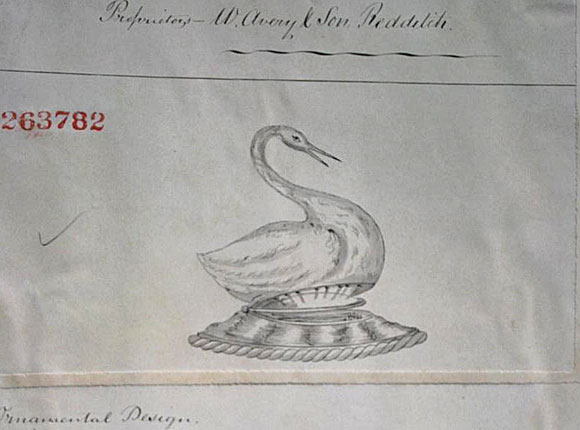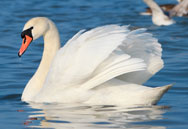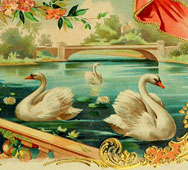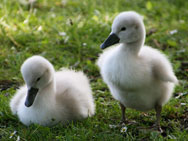Swan Needle and Pin Case
No example of this needle case has been found to date and it is unknown whether it was actually produced. If you have this needle
case in your possession or know of someone who has it, please contact us so that photographs of it can be
obtained and added to the this website.

Design Representation
Design Details
Needle Case Type: |
Figural |
Patent/Registered to: |
W. Avery & Son - Redditch |
Patent/Design Representation #: |
Ornamental Class 1: Metal: #263782 |
Patent/Design Registration Date: |
June 27, 1872 |
Location of Patent/Design Registration: |
The National Archives (TNA) - Kew, UK |
Reference #:
|
TNA Representation - BT 43/32/263782
TNA Register - BT 44/2/263782 |
Dimensions: |
Unknown |
Material: |
Unknown |
Name Variations: |
Unknown |
Other Variations: |
Unknown |
Facts
The swan is one of the largest waterfowl and flying birds known to man. Most swans are white and their young, called cygnets, are
born gray and turn white as they grow older. Since swans are known to aggressively protect their nests, they are now used in the USA
as one of the nation’s first working birds. Many suburban businesses have ponds that attract Canadian geese who are often considered
pests because of their droppings, noise, and confrontational behavior. Commercially raised swan pairs are placed in these ponds along
with nesting materials and feed. The swans mate and raise their young, while at the same time intimidating or attacking any geese who
dare to enter their territory. There is nothing more refreshing for an office worker than a quick walk around the company's pond during
a break to see the elegant swans knowing they won’t have to worry about stepping in something unpleasant!

History
Since ancient times the swan has been the symbol of beauty and grace. However, in 12th century England the swan was given royal status
when all unmarked mute swans along certain sections of the Thames River and its tributaries became the property of the Crown. This was
done to ensure an ample supply of meat for royal banquets and feasts since swan was considered a luxury food at that time. As a result
the ceremony known as Swan Upping, where swans along the Thames are counted and their new cygnets marked, was created. Swan Upping
continues to this day, however sometime during the 19th century the turkey replaced the swan as the main dish at feasts or holidays such as
Christmas. The chromolithographic print below depicts swans during the Victorian period. Click on the picture to see a larger
version of it.

Miscellaneous
In 1843 the Danish poet Hans Christian Anderson first published his fairy tale entitled “The Ugly Duckling”. The story centers around
a cygnet that accidently ends up in the nest of a duck family on a farm. Because of the cygnet’s unattractive appearance, he is abused
by the other barnyard animals. Eventually he matures and becomes the most beautiful of birds, the white swan. This story is
especially important today as society has begun to stress the importance of reducing childhood bullying.









